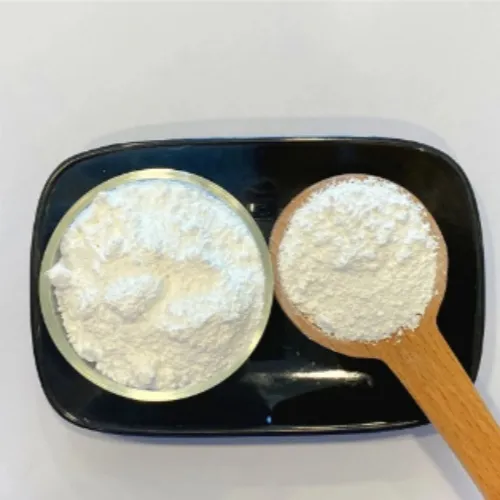Warning: Undefined array key "title" in /home/www/wwwroot/HTML/www.exportstart.com/wp-content/themes/1198/header.php on line 6
Warning: Undefined array key "file" in /home/www/wwwroot/HTML/www.exportstart.com/wp-content/themes/1198/header.php on line 7
Warning: Undefined array key "title" in /home/www/wwwroot/HTML/www.exportstart.com/wp-content/themes/1198/header.php on line 7
Warning: Undefined array key "title" in /home/www/wwwroot/HTML/www.exportstart.com/wp-content/themes/1198/header.php on line 7
- Afrikaans
- Albanian
- Amharic
- Arabic
- Armenian
- Azerbaijani
- Basque
- Belarusian
- Bengali
- Bosnian
- Bulgarian
- Catalan
- Cebuano
- China
- China (Taiwan)
- Corsican
- Croatian
- Czech
- Danish
- Dutch
- English
- Esperanto
- Estonian
- Finnish
- French
- Frisian
- Galician
- Georgian
- German
- Greek
- Gujarati
- Haitian Creole
- hausa
- hawaiian
- Hebrew
- Hindi
- Miao
- Hungarian
- Icelandic
- igbo
- Indonesian
- irish
- Italian
- Japanese
- Javanese
- Kannada
- kazakh
- Khmer
- Rwandese
- Korean
- Kurdish
- Kyrgyz
- Lao
- Latin
- Latvian
- Lithuanian
- Luxembourgish
- Macedonian
- Malgashi
- Malay
- Malayalam
- Maltese
- Maori
- Marathi
- Mongolian
- Myanmar
- Nepali
- Norwegian
- Norwegian
- Occitan
- Pashto
- Persian
- Polish
- Portuguese
- Punjabi
- Romanian
- Russian
- Samoan
- Scottish Gaelic
- Serbian
- Sesotho
- Shona
- Sindhi
- Sinhala
- Slovak
- Slovenian
- Somali
- Spanish
- Sundanese
- Swahili
- Swedish
- Tagalog
- Tajik
- Tamil
- Tatar
- Telugu
- Thai
- Turkish
- Turkmen
- Ukrainian
- Urdu
- Uighur
- Uzbek
- Vietnamese
- Welsh
- Bantu
- Yiddish
- Yoruba
- Zulu
Oct . 11, 2024 15:49 Back to list
Exploring the Roles of Cyclamate and Saccharin in Food Sweetening Applications
The Journey of Cyclamate and Saccharin A Study of Artificial Sweeteners
In a world increasingly conscious of health and dietary choices, artificial sweeteners like cyclamate and saccharin have played significant roles in the evolution of food and beverage consumption. These sweetening agents offer a zero-calorie alternative to traditional sugar, allowing individuals to enjoy sweetness without the associated caloric load. To understand the impact and history of these compounds, we must delve into their origins, applications, health implications, and the ongoing debates surrounding their use.
Cyclamate was first discovered in 1937 by researchers at the University of Illinois. This compound quickly gained popularity, especially in the United States, due to its intense sweetness—approximately 30 times sweeter than sugar—combined with its low caloric content. Cyclamate became widely used in various products, including soft drinks, candies, and baked goods. Its efficiency in enhancing sweetness made it a favored choice for those seeking to reduce sugar intake, particularly among those managing diabetes or looking to lose weight.
The Journey of Cyclamate and Saccharin A Study of Artificial Sweeteners
Although both cyclamate and saccharin have demonstrated significant utility in the food industry, they have not been without controversy. In the 1960s, cyclamate faced severe scrutiny when studies suggested potential health risks, including links to bladder cancer in laboratory rats. As a result, the U.S. Food and Drug Administration (FDA) banned cyclamate in 1970, despite arguments from manufacturers and advocates who maintained its safety. This ban significantly impacted the food industry and consumer choices, pushing many towards alternative sweeteners.
cyclamate et saccharine

Saccharin's path was also fraught with challenges. During the 1970s, similar concerns arose regarding its safety, leading to a ban and subsequent labeling warnings about potential cancer risks. However, extensive research eventually led to a reversal of such bans and a reassessment of its safety. In 2000, saccharin was removed from the FDA's list of potentially hazardous substances, although debates over its safety continue to linger in public discourse.
The health implications of using artificial sweeteners like cyclamate and saccharin are significant, particularly in the context of rising obesity rates and metabolic diseases. For many individuals, these compounds offer a way to satisfy sweet cravings without the caloric burden of sugar. However, some research suggests that long-term consumption of artificial sweeteners may lead to increased appetite and cravings for sugary foods, potentially undermining their intended benefits.
Furthermore, public perception plays a critical role in the consumption of these sweeteners. With growing skepticism regarding artificial ingredients, many consumers are opting for natural alternatives such as stevia, monk fruit, and agave syrup. This shift reflects a broader trend toward clean label products, where consumers prioritize ingredients that they recognize and trust.
In conclusion, cyclamate and saccharin exemplify the complex interplay between science, health, and consumer behavior in the realm of artificial sweeteners. While their histories reveal significant advancements in food technology and the quest for healthier alternatives, they also underscore the importance of ongoing research and transparency in food labeling. As consumers become more informed and discerning, the future of artificial sweeteners will depend not only on regulatory approval but also on the evolving perceptions of safety and health in a society deeply committed to wellness. Ultimately, the challenge lies in striking a balance between enjoying sweetness and making health-conscious choices in a world filled with options.
Latest news
-
Certifications for Vegetarian and Xanthan Gum Vegetarian
NewsJun.17,2025
-
Sustainability Trends Reshaping the SLES N70 Market
NewsJun.17,2025
-
Propylene Glycol Use in Vaccines: Balancing Function and Perception
NewsJun.17,2025
-
Petroleum Jelly in Skincare: Balancing Benefits and Backlash
NewsJun.17,2025
-
Energy Price Volatility and Ripple Effect on Caprolactam Markets
NewsJun.17,2025
-
Spectroscopic Techniques for Adipic Acid Molecular Weight
NewsJun.17,2025

